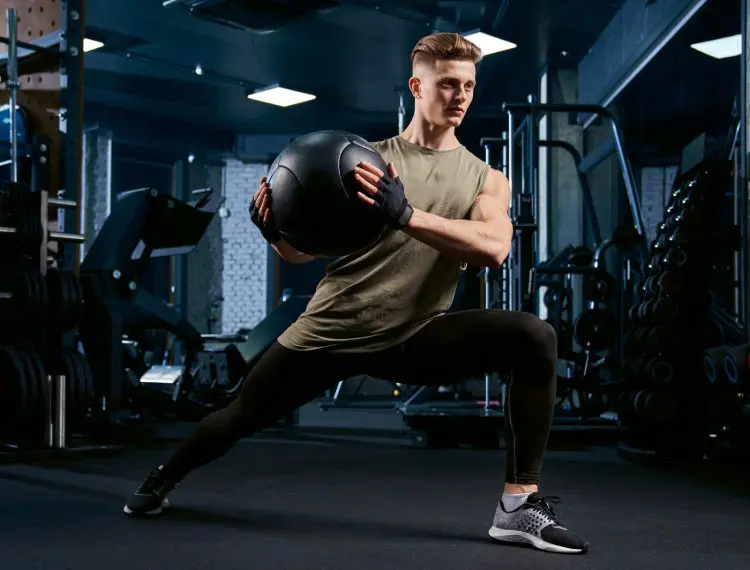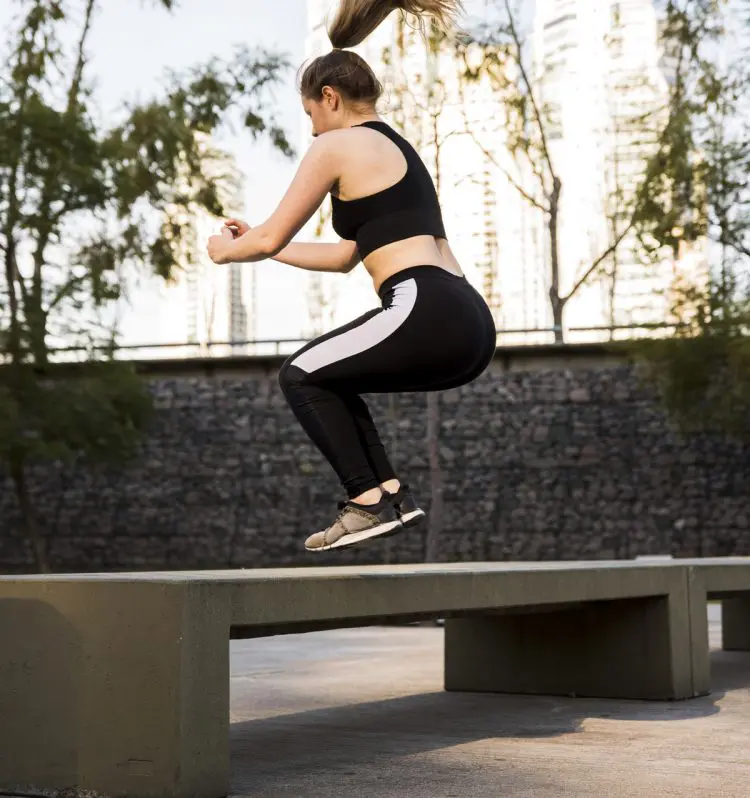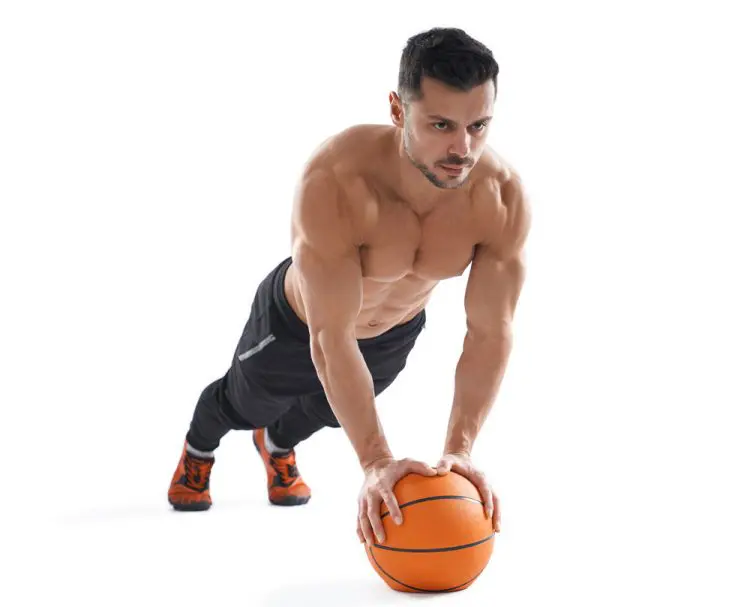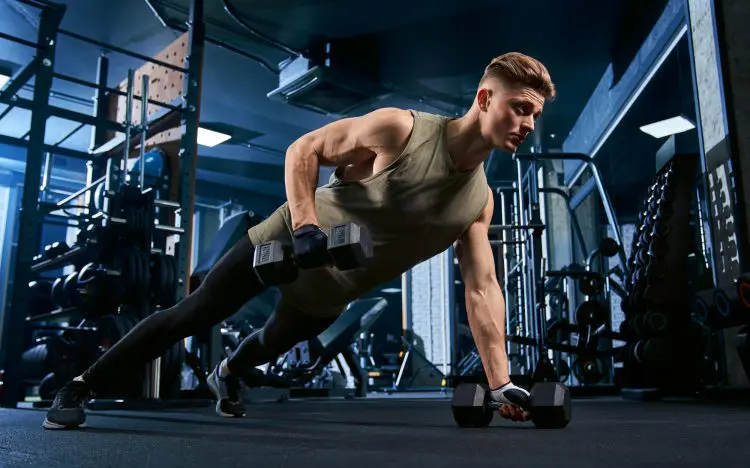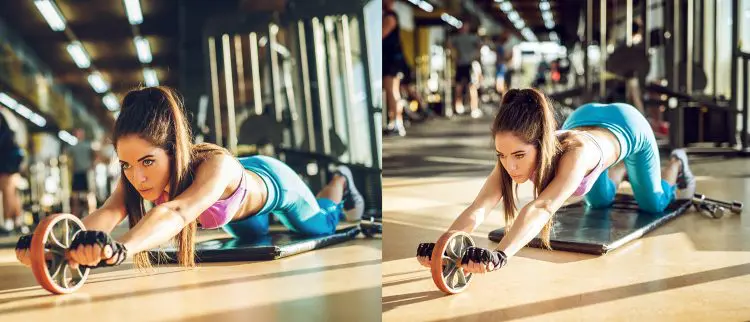The most important fitness principle is specificity. Specificity means tailoring your training to your goals. For strength, lift progressively heavier weights, usually focusing on compound exercises for low reps, typically 1-5.
To build muscle, use methods that cause muscle overload and breakdown, prompting muscles to grow back bigger and stronger.
If you are a runner, you need to do a lot of running, but other types of workouts can enhance your running performance.
Runners should stretch regularly to prevent the adaptive shortening effect of running, which can negatively impact flexibility, range of motion, and joint health. Many running injuries are caused by tight muscles. The couch stretch is especially useful for runners.
Runners should also do strength training. Studies show strength training can significantly improve running speed and duration (1).
Strength training has several benefits for runners, including:
Level Up Your Fitness: Join our 💪 strong community in Fitness Volt Newsletter. Get daily inspiration, expert-backed workouts, nutrition tips, the latest in strength sports, and the support you need to reach your goals. Subscribe for free!
- Increased power output for more speed
- Greater endurance and delayed fatigue
- Better joint stability for improved efficiency and reduced injury risk
- Better posture
The best exercise for runners is running, but strength training can also help you become the best runner you can be. Here are 12 of the best exercises for runners and a sample workout to try.
The 12 Best Strength Training Exercises for Runners
Strengthening your lower body, core, and upper body will improve your running performance. Here are 12 of the best exercises for runners:
1. Medicine Ball Lunges with a Twist
This exercise works one leg at a time and involves your midsection and upper body, improving balance and coordination.
How to do it:
- Stand with feet together, holding a medicine ball overhead. Brace your core.
- Step forward, bend your legs, and lower your rear knee close to the floor. Lower the medicine ball to the outside of your leading leg, twisting your torso.
- Push off your front leg, return to the start, lifting the ball back up.
- Repeat on the other side.
2. Side to Side Bench Jumps
This exercise enhances lateral stability, crucial for preventing knee and hip collapses during running. It targets quads, hamstrings, glutes, and inner and outer thighs.
How to do it:
- Stand sideways next to a knee-high bench. Place one foot on the bench.
- Drive your foot down and leap up and over, using your arms for momentum.
- Land with the opposite foot on the bench.
- Immediately jump back over the bench.
3. Scorpion
This exercise targets your lower back, glutes, and hamstrings and improves lower back and hip mobility.
How to do it:
- Lie on your front with arms out to form a T-shape. Look down.
- Bend your left knee, lift your leg, and try to touch your outstretched right arm with your foot. Go as far as you can.
- Return to the start and repeat on the other side.
4. Goblet Squat
Goblet squats are ideal for runners, working the upper body and core while requiring only a single dumbbell or kettlebell.
How to do it:
- Hold a dumbbell or kettlebell close to your chest with both hands.
- Stand with your feet shoulder-width apart, toes slightly turned out.
- Bend your knees and push your hips back to lower into a squat, keeping your chest up and back straight.
- Descend until your thighs are at least parallel to the floor.
- Push through your heels to return to the starting position.
Read more about goblet squat leg gains.
5. Single-Leg Romanian Deadlift
This unilateral exercise improves balance while working glutes, hamstrings, and lower back.
How to do it:
- Hold a dumbbell in each hand, stand with feet together, shift weight to one leg, and bend the supporting knee.
- Hinge from hips, lean forward, lowering weights down the front of your leg. Extend the other leg behind for balance.
- Stand back up and repeat.
- Use one weight for added difficulty, or brace against a wall for balance.
6. Medicine Ball Push-Ups
This variation increases core activation and balance, making it more running-specific.
How to do it:
- Place a medicine ball on the floor. Squat down and place hands on either side of the ball, fingers pointing down.
- Walk feet back until body is straight. Bend arms, lower chest to the ball, keeping core braced.
- Push back up and repeat. Adjust foot width for stability.
- Bend legs and rest knees on the floor to make it easier.
7. Pull-Ups & Chin-Ups
Effective for back and biceps, these exercises are also a good bodyweight indicator. Excess body fat makes them harder and affects running performance.
How to do it:
- Grasp a pull-up bar with an overhand (pull-up) or underhand (chin-up) grip.
- Hang with arms fully extended.
- Pull your chest up to the bar, keeping elbows close to your body.
- Lower yourself back to the starting position.
Read more about pull ups vs chin ups.
8. Renegade Rows and Push-Ups
This all-in-one movement works your chest, back, shoulders, biceps, triceps, and core simultaneously, and is unilateral.
How to do it:
- Hold a dumbbell in each hand, squat, place them shoulder-width apart, walk feet back, brace abs.
- Lower chest to floor, push back up.
- Row one dumbbell to ribs, repeat on the other side.
- Descend into another push-up and repeat.
9. Dumbbell Thrusters
Thrusters work lower, middle, and upper body simultaneously, making them efficient and running-specific.
How to do it:
- Hold a dumbbell in each hand at shoulder level, palms inward. Step into a shoulder-width stance, toes out.
- Squat down, descend as far as flexibility and knee health allows without rounding back.
- Stand up, press weights overhead, lower them to shoulders, and repeat.
10. Ab Wheel Rollouts
Rollouts work core and hip flexors, essential for running. Strengthening the midsection improves running performance.
How to do it:
- Kneel on the floor with an ab wheel in front of you. Grasp the handles.
- Roll the wheel forward, extending your body as far as you can without touching the floor.
- Pull the wheel back to the starting position using your core muscles.
Read more about wheel rollouts.
11. Chinnies
Popular with athletes, chinnies work rectus abdominis, obliques, and hip flexors, necessary for faster, longer runs.
How to do it:
- Lie on back with legs straight, arms by side.
- Sit up, bend and lift one leg, pulling knee to chest.
- Touch opposite elbow to knee.
- Lie back down and repeat.
- Perform dynamically rather than slowly.
12. Two-Point Push-Up Planks
Planks are useful for core strength and endurance, but the two-point push-up plank is more demanding, increasing workload on obliques and working glutes, hamstrings, shoulders, and upper back.
How to do it:
- Adopt push-up position, arms, body, and legs straight, brace core without holding breath.
- Lift one arm and opposite leg until parallel to the floor.
- Hold for a predetermined time or do for reps. Both options work well.
Strength Training Programming for Runners
Runners should not train like bodybuilders or powerlifters. Excess muscle mass reduces running performance. Runners need strength endurance, generating force for extended periods.
Most runners should train in the 12-20 rep range with light to moderate weights and short rests.
Full-body workouts are best for runners, allowing more time for running. Two to three sessions per week are sufficient.
Try this running-specific workout using some of the exercises outlined above:
| Exercise | Sets | Reps | Recovery | |
| 1 | Medicine ball lunges with a twist | 2-4 | 8-10 per side | 30-60 seconds |
| 2 | Renegade rows and push-ups | 2-4 | 8-10 per side | 30-60 seconds |
| 3 | Scorpion | 2-4 | 4-6 per side | 30-60 seconds |
| 4 | Single-leg Romanian deadlifts | 2-4 | 10-12 per side | 30-60 seconds |
| 5 | Two-point push-up plank | 2-4 | 6-8 per side | 30-60 seconds |
| 6 | Side to side bench jumps | 2-4 | 10-12 per side | 30-60 seconds |
| 7 | Chinnies | 2-4 | 10-12 per side | 30-60 seconds |
| 8 | Goblet squats | 2-4 | 12-20 | 30-60 seconds |
Prepare your muscles and joints with light cardio and dynamic mobility exercises before starting, or do strength training after an easy run.
Wrapping Up
Runners love to run, often avoiding other types of training. However, strength training fills fitness gaps that running alone cannot, increasing joint and core stability and delaying fatigue.
Even two 30-40 minute strength training sessions per week can be very beneficial. Done correctly, strength training will not make you muscle-bound or slow you down; it will have the opposite effect.
References:
- PubMed: Effect of Strength Training on Biomechanical and Neuromuscular Variables in Distance Runners: A Systematic Review and Meta-Analysis https://pubmed.ncbi.nlm.nih.gov/31541409/
- PubMed: Does core strength training influence running kinetics, lower-extremity stability, and 5000-M performance in runners? https://pubmed.ncbi.nlm.nih.gov/19077735/

